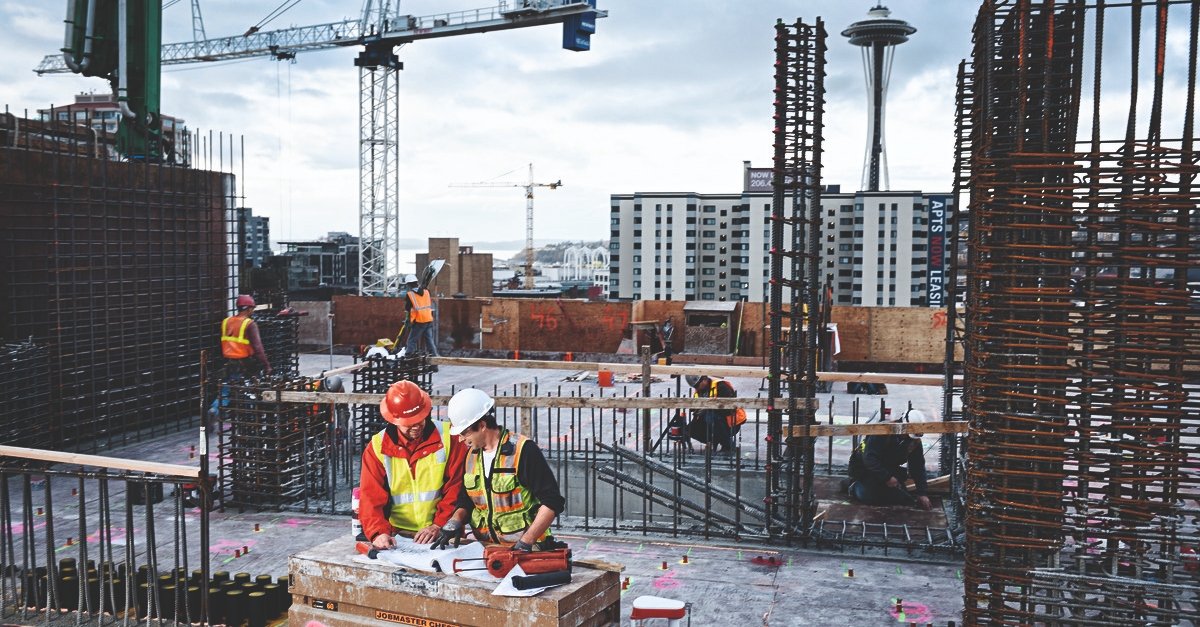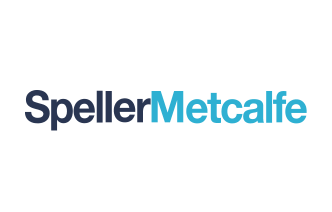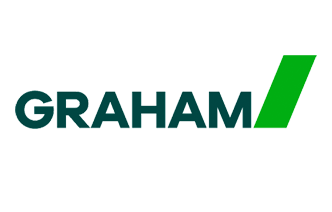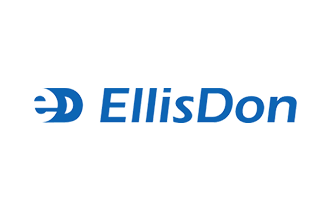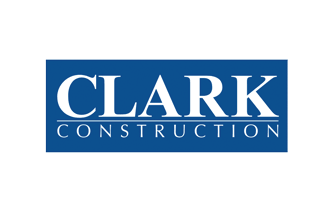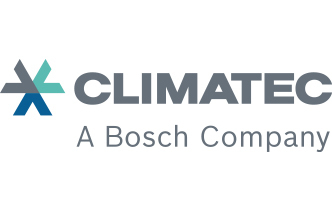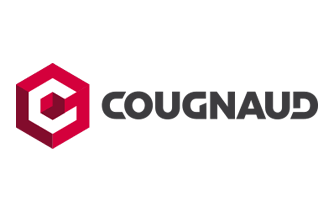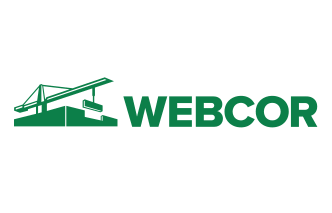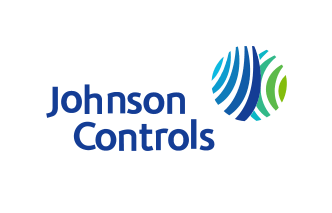The difference between QA and QC in UK Construction
‘Quality Assurance’ and ‘Quality Control’ are often mistakenly used as interchangeable terms when discussing the broad issue of quality in UK construction; however, these two terms actually describe very different activities. Although both work towards the delivery of a final product that meets the project’s specifications and the client’s expectations, they achieve this in two very different ways. Quality Assurance (QA) refers to the implementation of proactive processes that aim to prevent defects. Quality Control (QC), on the other hand, refers to the process of inspecting the product to identify and correct defects. QC can be considered a corrective tool, typically carried out by a specific group of individuals on a construction site—inspectors and project engineers—who walk through and document items requiring corrective action. QA is a management tool that can involve the entire team through planned and systematic activities aimed at preventing defects before they occur.
In construction, we are proficient in QC. We have building inspectors, independent inspectors, testing laboratories, and numerous personnel walking the construction site to identify any required corrective actions, often culminating in the dreaded snag list generated in the final stages of a project as the pace becomes frenzied and everyone works to complete, rectify, and ultimately hand over to operations and maintenance.
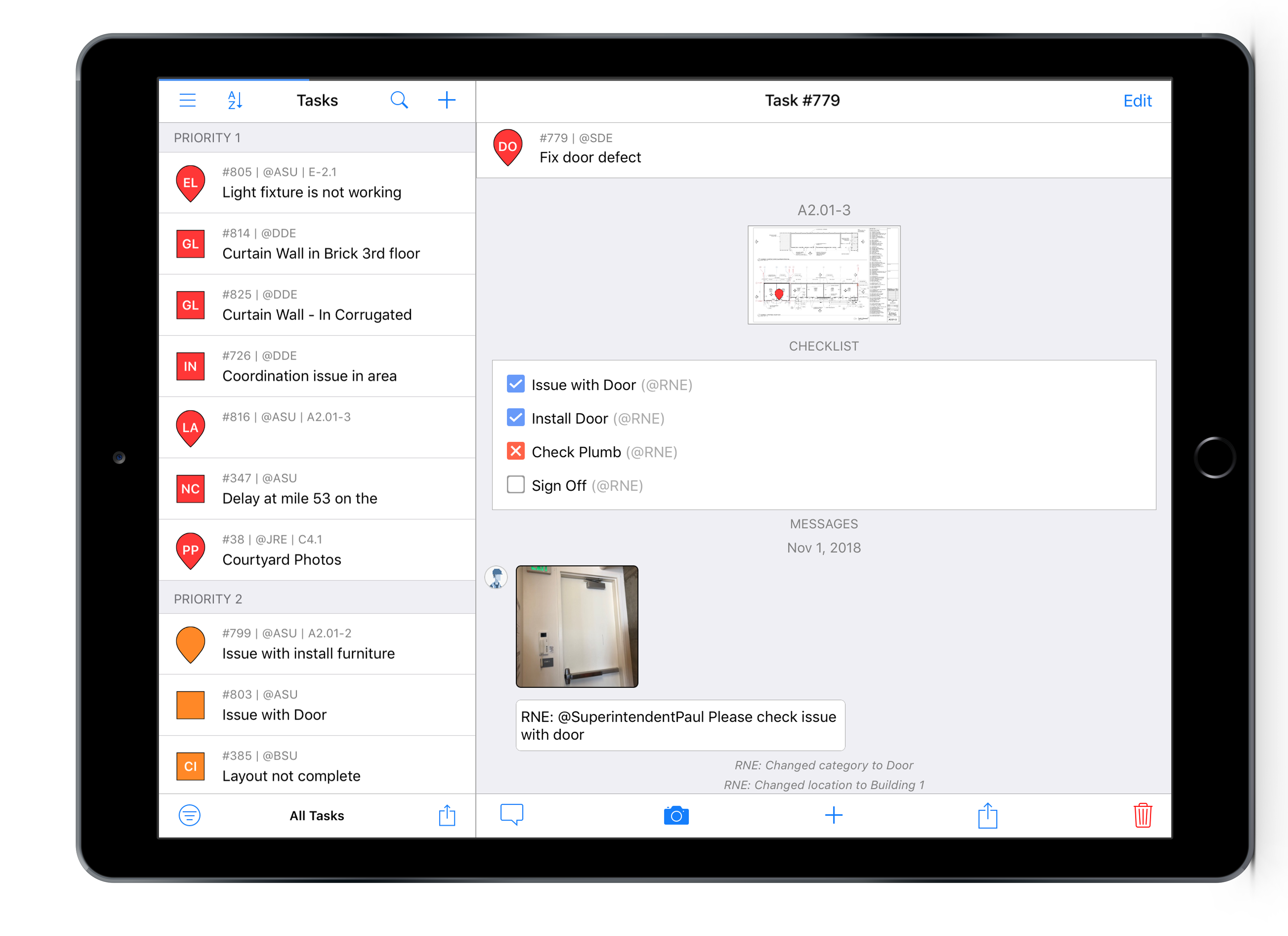
I believe we are competent in QC within the construction sector. We typically identify problems early and rectify them so that the client is happy and satisfied with the project outcome. The real issue is not that we hand over defective projects, but rather that, prior to handover, we discover so much that needs fixing. This is the rework issue frequently cited in the media and various studies identifying it as a significant problem in construction and a major factor in the sector’s productivity challenges.
If there is any doubt, numerous studies support this assertion. Several reports, including a PDF from XL Catlin, estimate the total cost of rework at around five per cent of overall construction costs. One widely cited study by the Navigant Construction Forum:
“Average rework on projects can cost between 7.25% and 10.89% of total construction cost (when both direct and indirect costs are included) and can cause an increase in the schedule (project delay) of approximately 9.8% of the planned project time.”
Whereas the goal of QC is to identify and correct defects before client handover, the goal of QA is to prevent these defects from occurring in the first place. QA is indeed practised in construction—particularly in the supply chain, at the materials level, where quality assurance programmes ensure that the materials and components used are defect-free. However, our focus on QA is generally less robust than on QC, partly because many in the industry do not fully understand the distinction. If the objective of QA is to prevent problems from occurring, then a major aim of a construction quality assurance programme is to eliminate the rework that is so common in the industry. One of the primary causes of rework in construction is that operatives in the field often lack the information necessary to perform tasks correctly the first time. Plan changes, updates, clarifications, and submittals occurring during the building phase present a continual challenge in ensuring that the latest information reaches the right people promptly. These circumstances overburden our current processes. As these conditions are unlikely to change, it is imperative to revise the processes used to manage them. Many processes in the architecture, engineering, and construction (AEC) industry are outdated, manual, and reliant on paper. We must reconsider and, in many cases, abandon these outdated methods in favour of new, digital workflows enabled by currently available tools and technology.
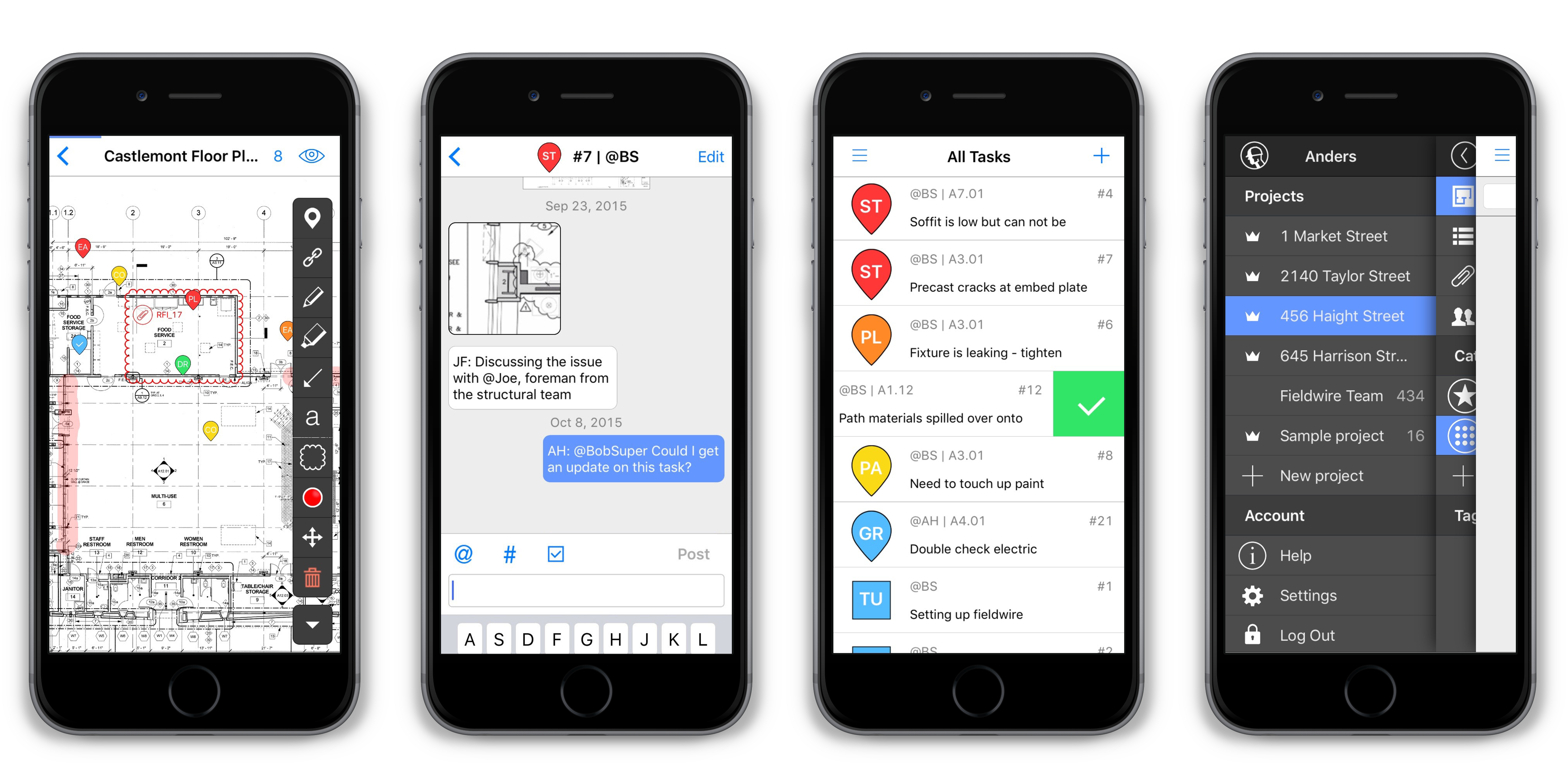 Whenever I discuss digital workflows, I highlight the RFI process. The Request for Information, or RFI, is a routine part of most construction projects—a continual cycle of posing and answering queries about the construction drawings. It is a vital process. So vital, in fact, that we have a formal method of documenting each question through an RFI Form, which records who asked the question, when it was asked, who reviewed it, and the official response.
Whenever I discuss digital workflows, I highlight the RFI process. The Request for Information, or RFI, is a routine part of most construction projects—a continual cycle of posing and answering queries about the construction drawings. It is a vital process. So vital, in fact, that we have a formal method of documenting each question through an RFI Form, which records who asked the question, when it was asked, who reviewed it, and the official response.
This system is useful and necessary—but it is inefficient. The time taken from posing even a basic question to receiving an answer is excessive. Initially, only the person who asked the question is aware of it. When the question is finally answered, again, only the person who raised it is promptly informed. While the main contractor may distribute answered RFIs to all the trades on site, this is often ineffective. If a subcontractor did not have the same query, they are unlikely to review the response. Moreover, who has time to sort through all those Q&As to determine which are relevant? And this does not even begin to address how that information reaches the site operatives performing the actual work.
Consequently, things are built incorrectly, we rely on QC to catch the errors, and then we rectify them. That’s why the process and those RFI forms are crucial—so we can determine who is responsible for the rework, supported by documented evidence. But this system needs to go. There is no reason to retain it—except for its entrenchment in our construction practices.
Simply digitising these paper-based processes is inadequate. Instead, we must utilise digital tools to develop entirely new workflows that are simple and effective. A workflow that looks like this:
Paper drawings in the field are completely replaced with digital ones. Queries are raised directly on the shared digital drawings. Everyone—from site teams to office staff, from construction teams to the design team—can see a query has been raised. The question is assigned to the relevant party, and the response is provided—not in a letter or an email, but directly on the digital drawing. Now, everyone sees the question and the response, and they encounter it right on the construction drawing they’re using on site.
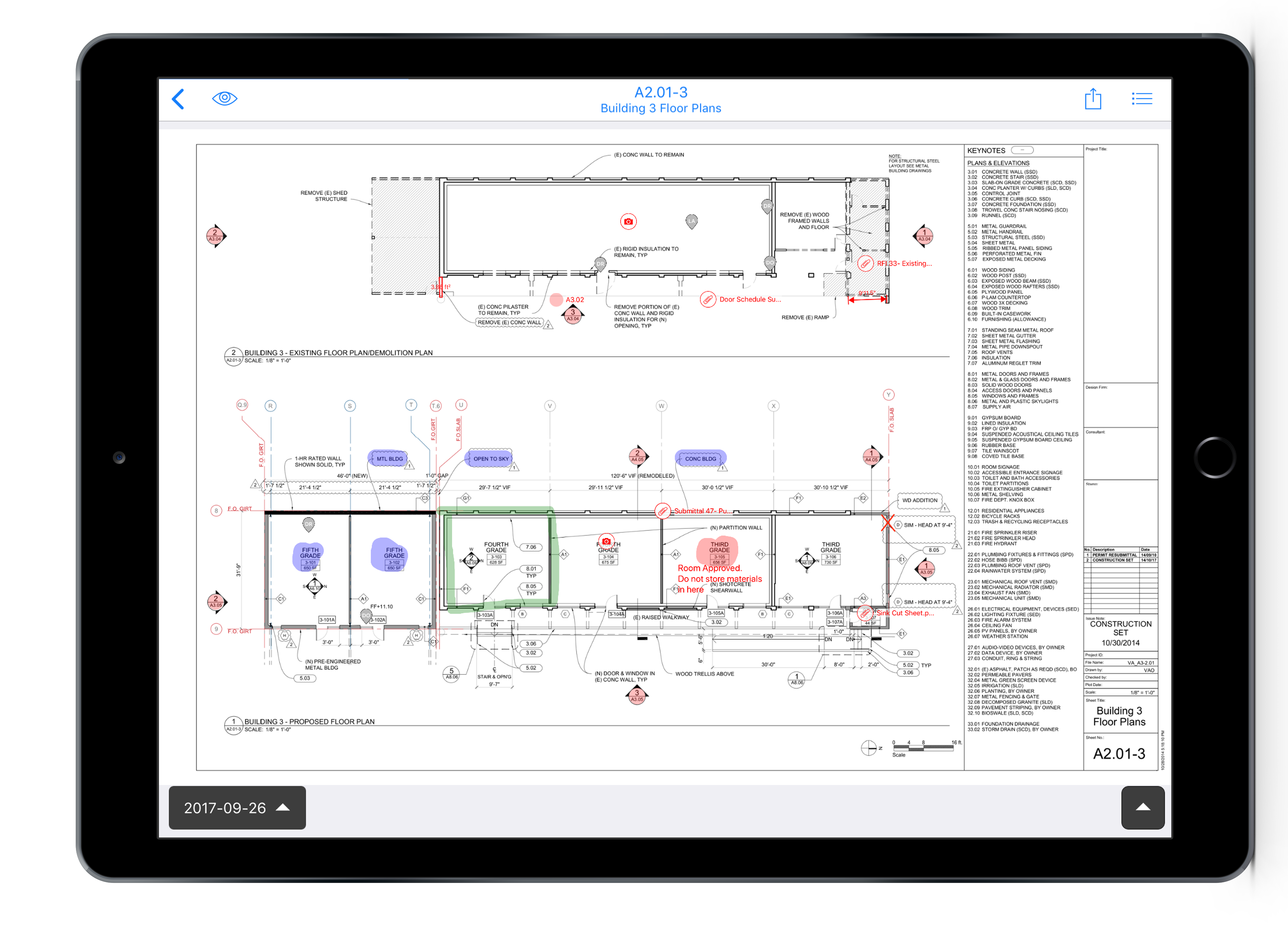
The implications and benefits are significant. Information is delivered instantly and automatically. Questions and answers are embedded in the drawings—the shared instructions for everyone. Site operatives may see responses to queries they had not yet considered. A tradesperson might interpret a response differently from their original understanding. Duplicate questions are avoided. And in the field, a pending question might be seen just in time to prevent an error.
This is just one example. There are many more. Embracing entirely new digital workflows, focused on quality assurance and the elimination of rework, is vital if we are to address the long-discussed productivity challenges in the construction sector.
If you want to learn more about how Fieldwire can support the quality assurance process, you can take my course on LinkedIn Learning or simply sign up for a free Fieldwire account today.
Editor’s note: Fieldwire is proud to feature construction expert Jim Rogers on our blog. Jim brings decades of experience in construction management and safety and is a LinkedIn Learning instructor—a global platform offering video courses taught by industry professionals. LinkedIn Learning is an excellent resource for construction management education and is included with a LinkedIn Premium account.
Jim enjoyed exploring Fieldwire so much that he developed an online course on how to use it to manage construction drawings and processes. He also created this blog post for readers keen to enhance their understanding of QA/QC processes.






